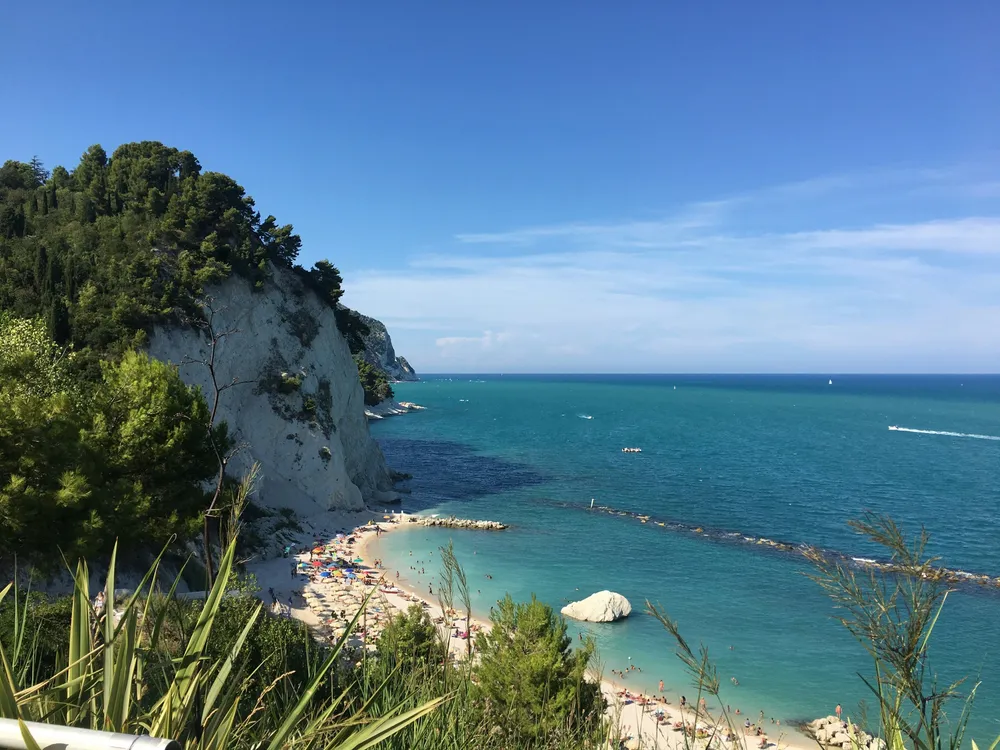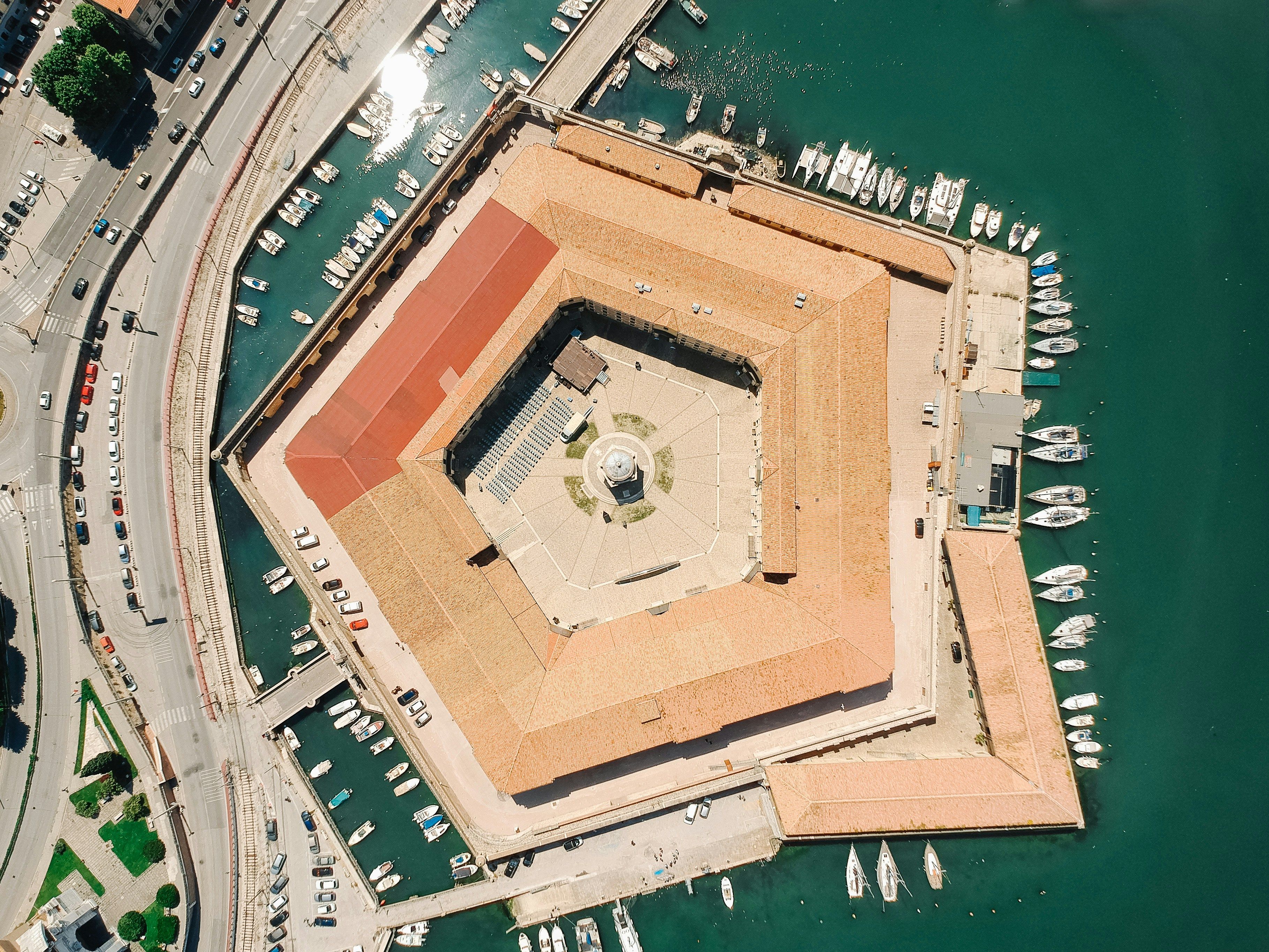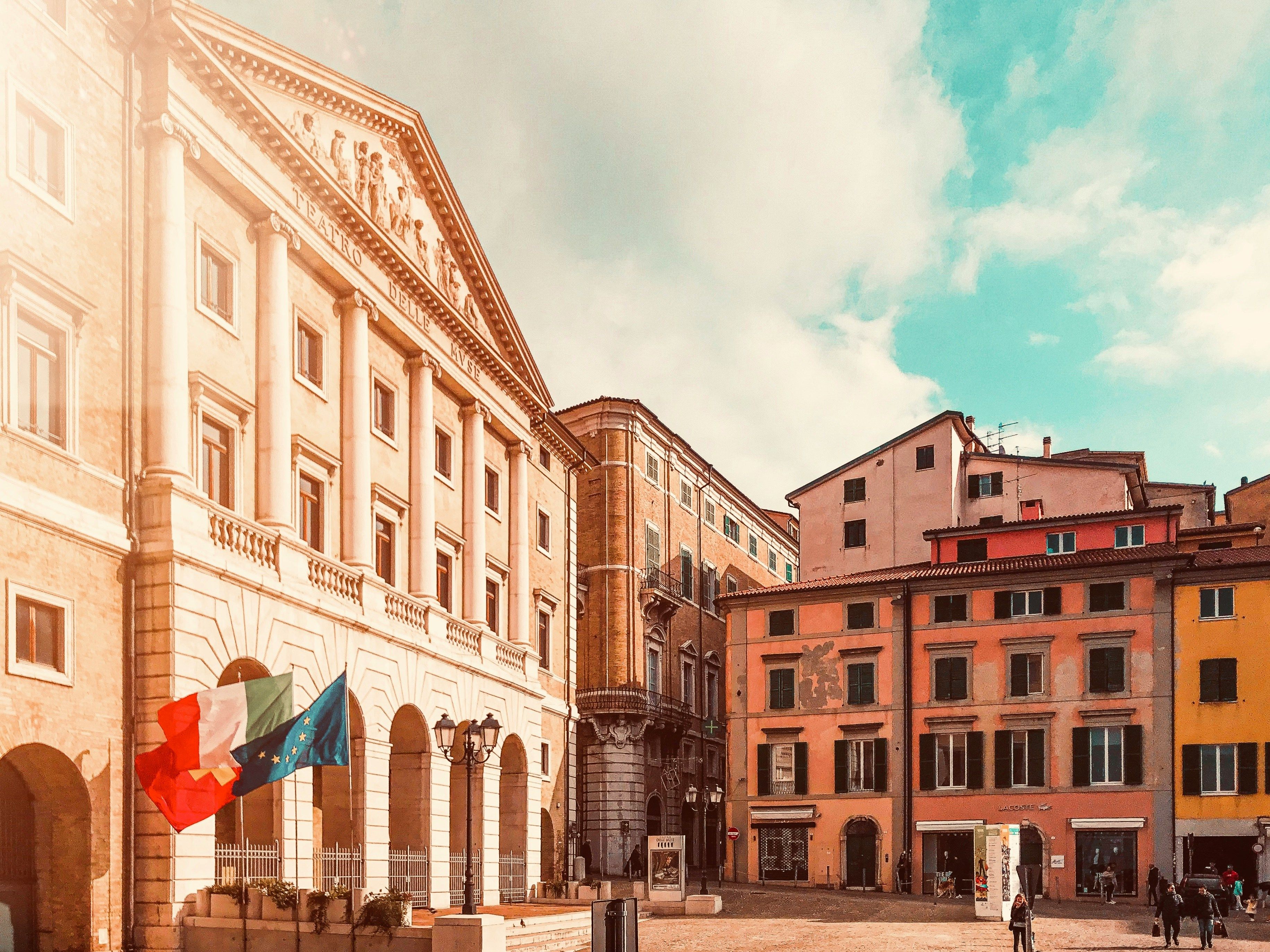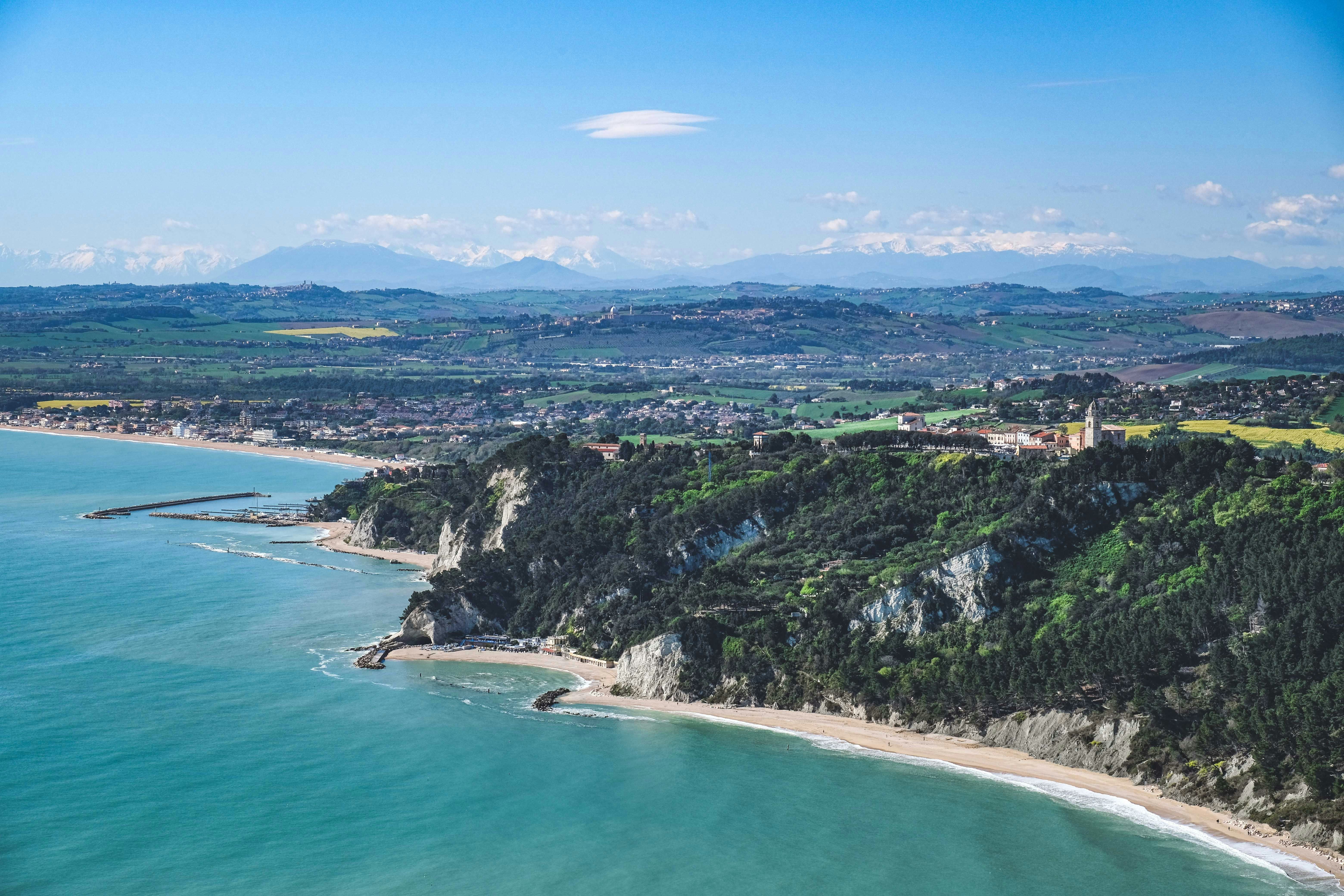Travelling from Durres to Ancona: Complete Ferry & Travel Guide
Travel Guides
Travel Guides


The route between Durres, Albania's primary port city, and Ancona, a historic Italian coastal hub, represents one of the key maritime connections across the Adriatic Sea. Spanning approximately 706.4 km (438.9 miles), this journey serves as a vital link between the Balkan Peninsula and Italy. Ferry services operate regularly on this route, offering travellers a relaxing way to cross between these two countries while enjoying the beautiful Adriatic seascape. While flights between Albania and Italy are available, the ferry option provides a unique travel experience with the added benefit of being able to bring your vehicle. In this comprehensive guide, we'll explore everything you need to know about travelling from Durres to Ancona, with a special focus on the ferry services that connect these two important port cities.
When planning your journey from Durres to Ancona, you have two primary options: flying or taking a ferry. While flights might be faster, the ferry option offers a unique travel experience that many travellers prefer.
Flying between Albania and Italy typically involves connecting flights, as there are limited direct options between these specific cities. This often means travelling from Tirana (Albania's capital near Durres) to an Italian hub before reaching Ancona. This can make the journey more complicated and potentially more expensive than the direct ferry option.
The ferry route between Durres and Ancona spans 381.4 nautical miles across the Adriatic Sea. Ferries operate with approximately 3 sailings per week, totalling about 15 sailings per month. The journey takes around 16-19 hours, making it ideal for overnight travel. The ferries typically depart in the evening, between 17:00 and 19:00, allowing you to sleep onboard and arrive refreshed the next day.
While flying might save you time in transit, the ferry journey offers several advantages: you can bring your vehicle, enjoy more space to move around, sleep in a cabin or reclining seat, and experience the beautiful Adriatic Sea. The ferry also eliminates the need for airport transfers and long security lines, which can add significant time to air travel.
You can take a ferry from Durres to Ancona. Ferries sail in around 16 hours 35 minutes with about 1 sailing a day. The fastest ferry sails in around 16 hours and is provided by Adria Ferries. Departures start as early as 17:00, with the last departure from Durres to Ancona at 19:00.
Adria Ferries is the primary operator serving the Durres to Ancona route. This company has established itself as a reliable service provider on this important Adriatic crossing, offering modern vessels equipped with various amenities to ensure a comfortable journey.
Ferries operating on this route typically offer a range of facilities to make your journey comfortable, especially considering the overnight duration. These usually include:
Adria Ferries vessels are equipped to handle passenger vehicles, making this route particularly popular with travellers who wish to explore Italy with their own transportation. The car decks can accommodate standard vehicles, motorcycles, and often larger vehicles like campervans and small buses.

While the Durres to Ancona ferry route operates year-round, there are some seasonal factors to consider:
The consistent schedule of approximately 3 sailings per week throughout the year makes this a reliable transportation option regardless of when you plan to travel.
Durres Port is Albania's largest seaport and serves as a major transportation hub for the country. Located in the heart of Durres city, the port is easily accessible and well-connected to other parts of Albania.
Getting to Durres Port is straightforward. If you're coming from Tirana, Albania's capital, you can take a direct bus which takes approximately 40 minutes. Taxis are readily available throughout the city and from Tirana, with the journey from the capital typically costing around £15-25.
The port facilities include:
It's advisable to arrive at least 2 hours before your scheduled departure to allow time for check-in and vehicle loading procedures. The port is relatively compact compared to some larger European ports, making navigation fairly simple.
Ancona Port is one of Italy's major Adriatic ports and serves as an important gateway to central Italy. The port is well-organised but larger than Durres, with multiple terminals handling various routes.
Upon arrival in Ancona, you'll find several transportation options to reach the city centre and beyond:
The port facilities include:
Ancona itself is well-connected to other Italian destinations by train and bus, making it easy to continue your journey to cities like Rome, Florence, or Bologna.
Given the duration of the ferry journey between Durres and Ancona (approximately 16-19 hours), a simple day trip is unfortunately not feasible. The ferry typically departs Durres in the evening (between 17:00 and 19:00) and arrives in Ancona the following day, making a minimum of one overnight stay necessary.
For those wishing to make the most efficient use of their time, we recommend the following approach:
Take an evening ferry from Durres, departing around 17:00-19:00. You'll spend the night on board, potentially saving on accommodation costs. After arriving in Ancona the next day, you can explore the city for the full day. Stay one night in Ancona, then spend a second day exploring either Ancona itself or taking a short trip to nearby attractions like the Conero Riviera. Return to Durres on an evening ferry, again utilising the overnight journey for rest.
This creates a efficient 3-day itinerary with two full days of exploration and two nights spent on the ferry:
If you're looking for a shorter option, consider flying one way and taking the ferry for the return journey, though this doesn't allow for vehicle transport in both directions.
Ancona offers visitors a blend of historical sites, beautiful architecture, and natural attractions, all without the overwhelming crowds found in some of Italy's more famous destinations.
Ancona Cathedral (Cattedrale di San Ciriaco) - Perched on Guasco Hill, this medieval cathedral offers stunning views of the port and Adriatic Sea. The building combines Romanesque, Byzantine, and Gothic elements, with a striking 12-sided dome. Open daily from 8:00-12:00 and 15:30-19:00 (reduced hours in winter).
Arch of Trajan - This impressive Roman monument dates back to 115 AD and stands at the harbour entrance. Made of Turkish marble, it was built to honour Emperor Trajan, who expanded the port. The arch is accessible at all hours and is beautifully illuminated at night.
Passetto Beach and Monument - A local favourite, this area features a war memorial on top of a cliff overlooking the sea, with a staircase leading down to a small pebble beach. The nearby caves carved into the cliff face were once used by fishermen to store their boats. The area is particularly beautiful at sunset.
Museo Archeologico Nazionale delle Marche - Housed in the 16th-century Palazzo Ferretti, this museum contains an impressive collection of artefacts from prehistoric times through the Roman era. Open Tuesday-Sunday, 8:30-19:30, closed Mondays.
Mole Vanvitelliana - This pentagonal artificial island within the harbour was originally a lazaretto (quarantine station). Today it hosts exhibitions, cultural events, and houses the Tactile Museum Omero. Open Tuesday-Sunday, 10:00-18:00, with extended hours during special exhibitions.

Historical Centre - The heart of Ancona contains most of the major historical attractions, including the Cathedral, Piazza del Plebiscito (also known as Piazza del Papa), and numerous churches and palaces. The narrow medieval streets are perfect for wandering.
Porto Antico - The old port area has been revitalised in recent years and now offers pleasant promenades, restaurants, and views of the maritime activity. It's particularly lively in summer evenings.
Corso Garibaldi and Piazza Cavour - The main shopping district of Ancona, with a mix of Italian brands, local boutiques, and cafés. This area connects the train station with the historical centre.
Passetto - A residential neighbourhood with a more relaxed atmosphere, featuring the aforementioned beach and monument, plus lovely villas and green spaces. It's connected to the centre by a long, tree-lined avenue.
Ancona enjoys a Mediterranean climate with distinct seasons, each offering different advantages for visitors.
Summer (June-August) brings warm, sunny days with average temperatures between 22-30°C (72-86°F). This is peak tourist season, with minimal rainfall and perfect conditions for enjoying the beaches and outdoor activities. The sea temperature reaches its most comfortable levels for swimming, typically around 24-26°C (75-79°F).
Spring (March-May) and autumn (September-November) offer mild temperatures ranging from 10-25°C (50-77°F), with spring gradually warming and autumn cooling as the season progresses. These shoulder seasons provide pleasant conditions for sightseeing without the summer crowds, though spring can see more rainfall than autumn.
Winter (December-February) is mild compared to northern Europe, with temperatures typically between 3-12°C (37-54°F). While not severe, winter can bring rain and occasional windy conditions, which may affect ferry operations. Some businesses may operate on reduced hours during this quieter season.
Regarding ferry operations, the Adriatic Sea can experience rough conditions during winter storms, occasionally leading to delays or cancellations. The most reliable sailing conditions are generally found from late spring through early autumn. If travelling during winter months, it's advisable to allow flexibility in your schedule for potential weather-related adjustments.
Ancona offers good value compared to many Italian tourist destinations, with prices generally lower than in cities like Rome, Florence, or Venice.
A budget traveller can manage on approximately £50-70 per day, including hostel accommodation (£20-30), inexpensive restaurant meals (£8-12 per meal), public transportation (£1.50 per ticket), and entry to a couple of attractions.
Mid-range travellers should budget around £100-150 daily, covering a decent hotel room (£60-90), good restaurant dining (£15-25 per meal), the occasional taxi, and multiple attraction entries.
For those seeking luxury, £200+ per day will provide high-end hotel accommodation, fine dining, and premium experiences.
Some typical costs include:
Money-saving tips include having lunch as your main meal (lunch menus are often cheaper than dinner), purchasing a multi-attraction pass if visiting several sites, and exploring the many beautiful public spaces and viewpoints that cost nothing to enjoy.
The ideal time to visit Ancona depends on your preferences and planned activities, with each season offering distinct advantages.
Peak season (June-August) brings warm weather perfect for beach activities and swimming. The city is at its most vibrant, with extended business hours, outdoor dining, and various festivals. However, this period also brings higher accommodation prices and more tourists, though Ancona never experiences the extreme overcrowding of Italy's more famous destinations.
Shoulder seasons (April-May and September-October) offer an excellent balance of pleasant weather and reduced crowds. Temperatures remain comfortable for sightseeing, most attractions and restaurants are open with normal hours, and accommodation prices drop from their summer peaks. May and September particularly provide warm enough conditions for enjoying the beaches while avoiding the intense heat of mid-summer.
Off-peak (November-March) sees the fewest tourists and lowest prices. While some coastal establishments may close or reduce hours, the city itself functions normally. Winter visitors can enjoy cultural attractions, museums, and local cuisine without crowds. The Christmas period brings festive decorations and markets, creating a special atmosphere.
Notable events include:
For most visitors, late May to early June or September offers the ideal combination of good weather, reasonable prices, and comfortable conditions for both sightseeing and enjoying the Adriatic coast.
Arriving in Ancona after your ferry journey from Durres, you'll find a range of accommodation options to suit every budget and travel style. The city offers convenient stays whether you're planning a brief stopover or a longer exploration of this historic Italian port city.
For those wanting to be in the heart of the action, Ancona's city centre provides numerous mid-range hotels priced between £60-£100 per night. These central locations put you within walking distance of key attractions like the Cathedral of San Ciriaco and the vibrant Piazza del Plebiscito.
Solo travellers will appreciate the selection of guesthouses and B&Bs in the historic centre, offering rooms from around £40-£60 per night with opportunities to meet fellow travellers.
Couples might prefer the charming boutique hotels near the Porto Antico (ancient port), with many offering sea views and romantic ambiance for approximately £80-£120 per night.
Families travelling on the Durres-Ancona route can find spacious apartment rentals in residential areas like Piano San Lazzaro, providing more space and self-catering facilities from £90-£150 per night depending on size.

Navigating Ancona is relatively straightforward once you disembark from your Adria Ferries vessel at the port.
Ancona's bus network, operated by Conerobus, covers most areas of interest. Single tickets cost approximately £1.30 and can be purchased at tobacconists or news kiosks. The city centre is compact enough that many attractions are within walking distance of each other.
Taxis are readily available at the ferry terminal and throughout the city. A typical ride from the port to the city centre costs around £10-15. Ride-sharing apps also operate in Ancona, often providing a more economical option than traditional taxis.
Several car rental agencies have offices near the port if you wish to explore the broader Marche region. Daily rates start from approximately £40-£60 depending on the vehicle size. The city has paid parking zones in most central areas.
Many visitors find walking the most pleasant way to experience Ancona. The historic centre is pedestrian-friendly, though be prepared for some hills as the city rises from the harbour up to the cathedral.
The Durres to Ancona ferry route offers a fantastic way to connect Albania and Italy while enjoying a relaxing 16-hour journey across the Adriatic Sea. With Adria Ferries providing regular service and comfortable onboard facilities, your crossing becomes part of the holiday experience rather than simply a means of transport.
Whether you're travelling for business, pleasure, or as part of a larger European adventure, the ferry connection between these historic ports combines convenience, comfort and value. With three weekly sailings and plenty of amenities onboard, you can enjoy the journey as much as the destination.
Ready to experience this magnificent Adriatic crossing for yourself? Book your Durres to Ancona ferry tickets today and prepare for a maritime journey that connects two fascinating coastal cultures. The sea is calling – will you answer?